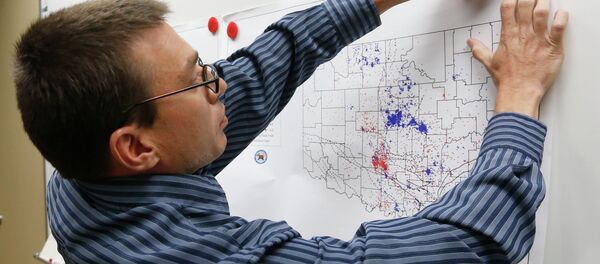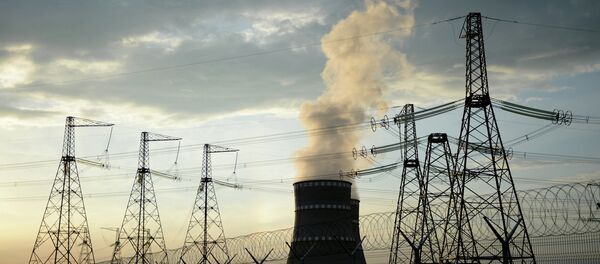Several states have seen a dramatic jump in seismic activity, including Oklahoma, Texas and Kansas. In Oklahoma alone, two earthquakes of magnitude 4.0 and 4.3 happened in one day in late January.
Fracking, or hydraulic fracturing, is the process of blasting pressurized sand and liquid (water and other chemicals) deep into the earth to extract gas and oil, a controversial process a growing number of states are permitting within their borders.
“Deep injection of wastewater is the primary cause of the dramatic rise in detected earthquakes and the corresponding increase in seismic hazard in the central US,” the USGS said in a statement.
A paper published Thursday in the journal Science calls for more transparency in data collection and research to help come up with more effective strategies for dealing with the effects of fracking. Researchers suggest that it may be possible to reduce the amount of earthquakes and tremors with more careful management of fracking activities.
“The science of induced earthquakes is ready for application, and a main goal of our study was to motivate more cooperation among the stakeholders — including the energy resources industry, government agencies, the earth science community, and the public at large — for the common purpose of reducing the consequences of earthquakes induced by fluid injection,” said William Ellsworth, a USGS geophysicist and co-author of the paper.
The USGS is currently working on developing a response to what they call “these induced earthquakes” and is calling for greater transparency.
“In contrast to natural earthquake hazard, over which humans have no control, the hazard from induced seismicity can be reduced. Improved seismic networks and public access to fluid injection data will allow us to detect induced earthquake problems at an early stage, when seismic events are typically very small, so as to avoid larger and potentially more damaging earthquakes later on,” added study co-author Art McGarr, a USGS geophysicist.



